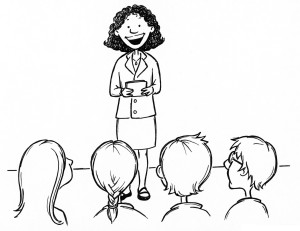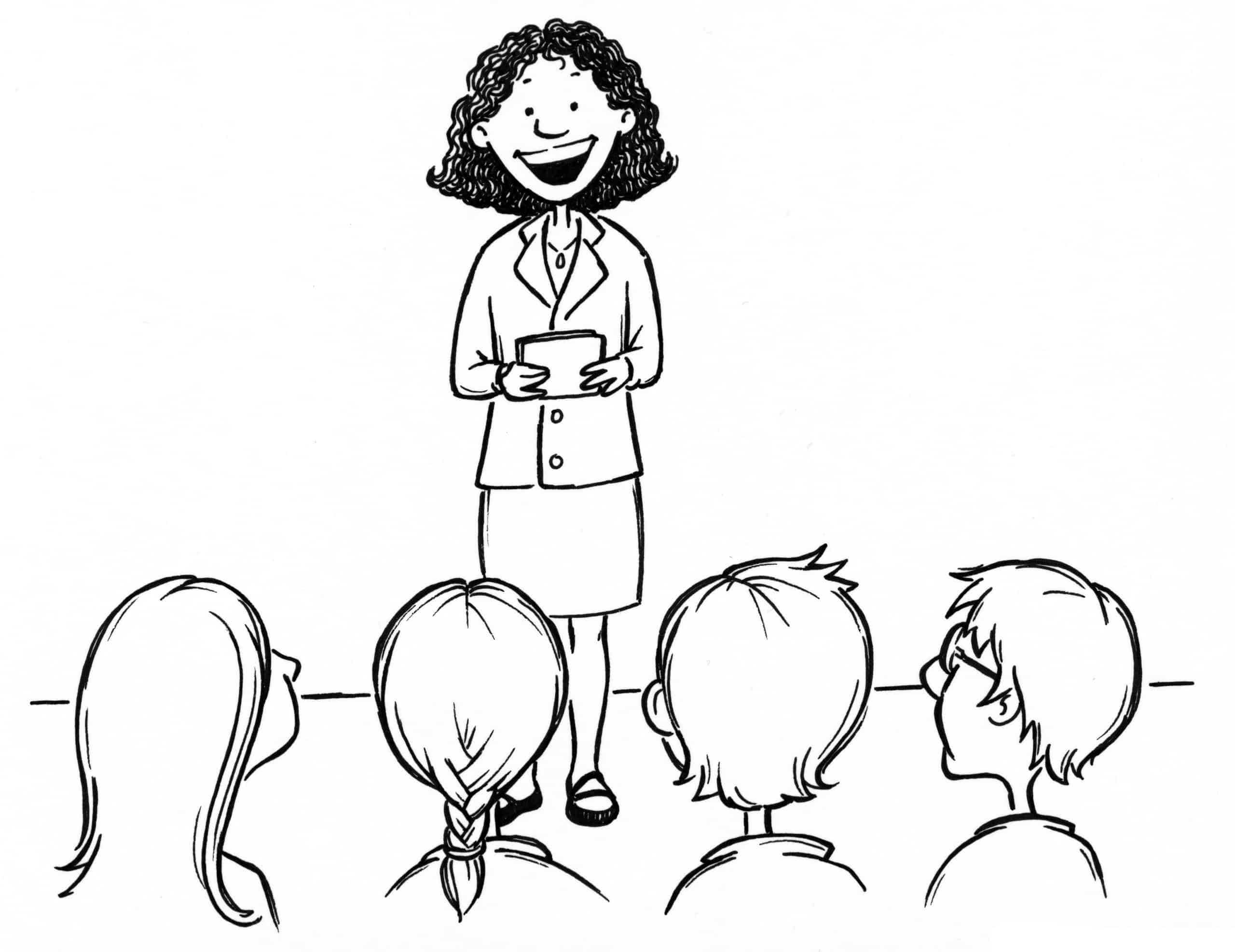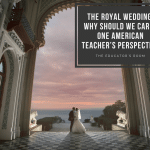 One of the best reasons for teaching is watching students transform, empowered with skills and knowledge that they did not realize existed. Introducing students to studies of rhetoric and oration has never failed to capture the best in every student. The right combination of wit and wisdom can make every student a superhero. Who doesn’t wish to do the right thing, to take the best stance, to have the perfect “comeback”? Maybe I was alone wishing I had been cool and collected with clever remarks, the dramatic pause followed by cheers as I walked away. Usually the clever words lay in repose until the moment had passed and they would have stayed tucked away in my brain had I not been exposed to oration and rhetoric.
One of the best reasons for teaching is watching students transform, empowered with skills and knowledge that they did not realize existed. Introducing students to studies of rhetoric and oration has never failed to capture the best in every student. The right combination of wit and wisdom can make every student a superhero. Who doesn’t wish to do the right thing, to take the best stance, to have the perfect “comeback”? Maybe I was alone wishing I had been cool and collected with clever remarks, the dramatic pause followed by cheers as I walked away. Usually the clever words lay in repose until the moment had passed and they would have stayed tucked away in my brain had I not been exposed to oration and rhetoric.
When I was a student, a chapter on Cicero in a textbook created by an enthusiastic history teacher captured my attention. Explained in simple terms, Cicero’s treatise on oration was a manual for improving democracy through the powers of persuasion. This opened a world of possibility for me. When that teacher directed us to apply the rules of rhetoric to analysis of famous speeches it was as if a secret code had been deciphered. Shakespeare suddenly made sense. I could read these chunks, put the chunks together and then bask in an “aha” moment knowing that Mark Antony was as manipulative as Cliffnotes had implied. I still was a wallflower as a public speaker but it led to the realization that the real power of persuasion lay in writing. Essay writing improved and two years later I won several scholarship essays for me and my friend, finishing our senior year on a high note.
Today, I continue to imbue my own students with the powers of the rhetorical question and reasoning by contrary. Instead of limiting studies to the prose of a few dead Roman men we use rhetoric to explore the legitimacy of leadership models throughout time. We study fictitious accounts like that of Sophocles’ Antigone coupled with Mao’s “power of the gun”. Our textbooks include the inauguration speech of Nelson Mandela juxtaposed with speeches of failed campaigns. I still consult the tattered copy of my high school textbook and library resources on oration but of course the internet offers more refined descriptions rhetorical reason and logic. I begin lessons with an outline and a list of defined figures of speech such as opposition, steps of logic, ethos and emotional appeals. Reading from excerpts of famous speeches students pair share practicing delivery and rereading aloud with different emotions or intonations. I model annotation of Mark Antony’s funeral oration using a document reader and then encourage students to practice similar mark ups of a chosen speech. They share their critiques in small group discussions.
By exposing students to the basics of rhetoric in a social studies course we empower students with the opportunity to rewrite history. Studying the structure of rhetoric allows students to break down difficult text into patterns and sensible chunks of information that they accept or refute. This analysis becomes the building block for creating the antiwar speech that never was delivered or to rewrite the speech that exists but for the wrong audience. Students create voices for those less fortunate or give voice to the forgotten just as Shakespeare or Sophocles once did. Whether the student is a struggling reader or gifted and talented does not matter. When they write speeches they are exploring what would’ve been and in this realm anything is possible for every student.
Over the years I have seen students write pro and anti war campaigns for the Punic Wars, the Boer Wars, the bombing of Hiroshima and Nagasaki. Some write poems, some write raps, working independently or as teams. I have yet to have a student not complete their assignment. Reluctance to deliver is overcome with each new daily model of student presentation. Napoleons, Golda Meier’s, Gandhi’s have echoed the walls of my room. Recently tech applications have helped students present in an uncommon manner. Voice thread, goanimate, iMovie are but a few of the text to speech tools that give students control of characters and new voices.
Students usually need a block of time for background research into an event of the past and consultations with me for detail clarifications. I seldom lecture but roam from group to group of researchers. They use class time and home time to frame speeches and tech tools for collaboration. Google documents or discussion boards become sound spaces for sharing. My rubric requires speeches to include two figures of rhetoric either borrowed or uniquely their own, explicit reference to the event and a minimum delivery of one minute but not more than five. We practice the dramatic pause as a means of stretching shorter speeches and clapping to bring closure to the longer performances. Providing students with a conversation rubric procures a combined self evaluation, peer and teacher evaluation. Delivery concludes with applause and debriefing. Student take notes comparing causation and outcomes of the times that inspired the speech, assessing both the course of history and the course of possibility.
Rhetoric has been shaped by many since Cicero but what never ceases to amaze students is how his ideas withstand the test of time. Cicero’s emphasis on the active citizen transpires when students are given the power to perform, to discuss and to think critically about this responsibility. They step out of their social strata when their find their voice, their sincerity and their wit. Writing this article inspired me to google my history teacher. First and foremost on his site was a description of his devotion to public education and his pursuance of those who metaphorically, live in a cave. I had to smile, reminiscing on my transformation from a high school wallflower to a teacher of rhetoric (insert dramatic pause) publicly advocating for each and every child….(insert applause).
If you are interested, here is a link to William Altman and a link to figures of reasoning.





